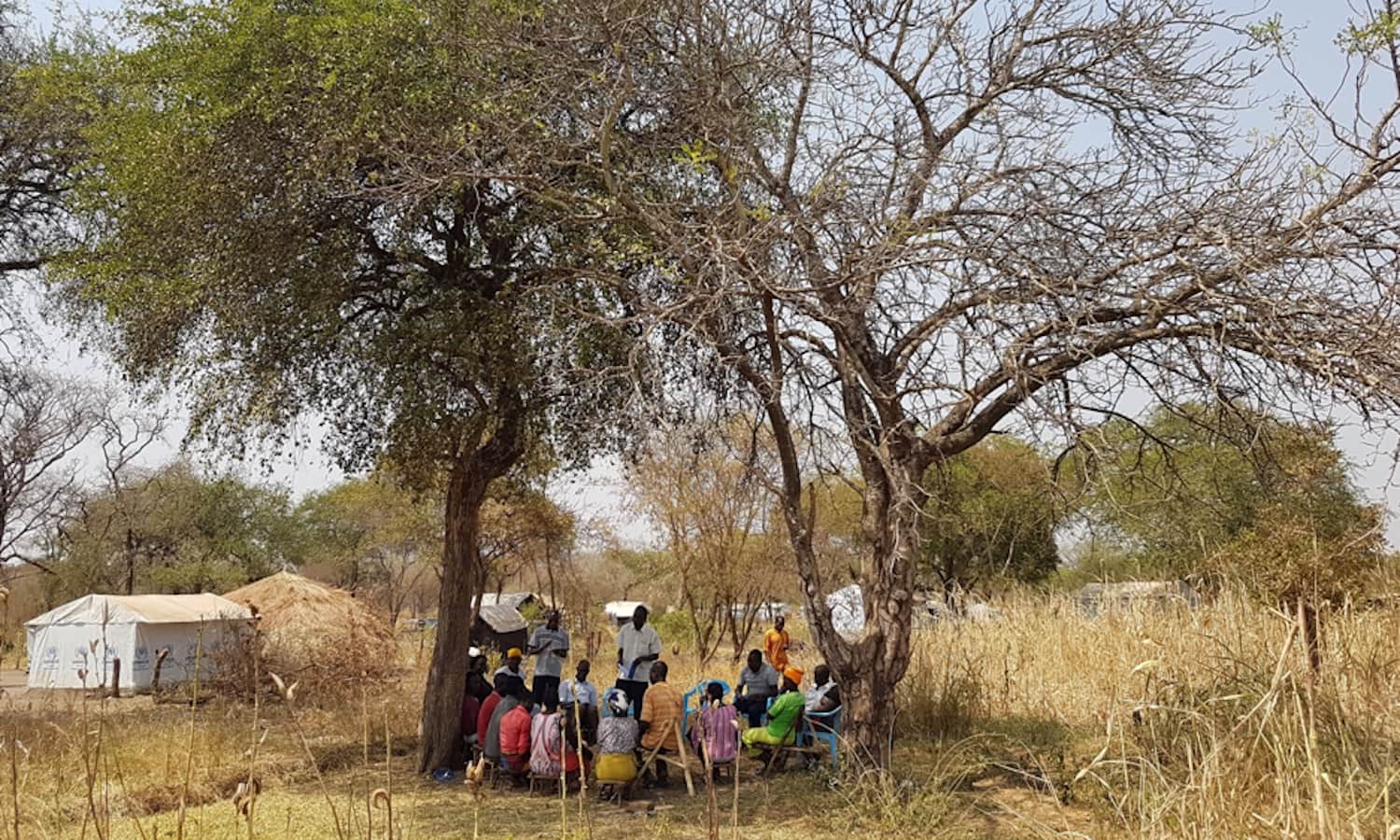Refugee camps can provide crucial safe zones for displaced people fleeing danger, but resource scarcity can lead to social tensions and exacerbate instability. In Uganda, a massive influx of refugees over the past several years has put a strain on humanitarian resources and the environment.
The U.N. High Commission for Refugees (UNHCR) and other humanitarian organizations managing the camps have their hands full with the provision of life-saving interventions.
More than 1.2 million refugees have found asylum in Uganda, the majority fleeing conflict in South Sudan and the Democratic Republic of Congo over the past three years.
Asylum seekers in Uganda benefit from the government’s unique and progressive policy toward refugees, which allows them freedom of movement, the right to work, and access to national services.
Most refugees live in designated settlements across 11 districts and in the capital Kampala. The government provides land, assigning small plots measuring 30 square meters (320 square feet). The land they receive provides them with the opportunity to produce some of their own food.
Refugees receive food provisions from the World Food Programme, including biscuits and warm meals at reception centers. They also receive monthly food rations once they are settled in their allocated plots. UNHCR partners support refugees with agricultural and livelihood activities to supplement dietary needs.
Treed areas are preferred by inhabitants because they offer an additional source of food, firewood, building materials, and outdoor shelter, says Lalisa Duguma, a climate change researcher at World Agroforestry, during an interview at the Global Landscapes Forum in Bonn, Germany.
Over time, trees are often cut down without being replaced, exacerbating the potential for conflict over resources, an ever-increasing number of refugee households adding pressure on the ecosystem.
Duguma and a team of researchers from World Agroforestry recognized the need to develop ecosystem and landscape management in the camps. They involved residents and surrounding host communities in an ambitious ecosystem restoration project in Imvepi and Rhino settlements in Arua district, supported by UNHCR.
“The main idea is to bring back trees into the landscape because when we examined social conflict, it’s about firewood, construction, and water,” Duguma says.
“Very often when we think of refugees and displaced people, a negative attitude takes precedence,” Duguma says. “We can’t deny that reality, but what’s really important is to seek positive opportunities within that setting and try to give back something that offers hope and contributes to the local ecosystem.”
The scientists identified what the refugees want, what the host communities want and how much each can contribute.
“Despite the refugees having plots of land that are only 30 by 30 meters they can actually grow 30 to 50 different trees,” Duguma says.
World Agroforestry scientists led the development of a tree nursery—which has so far produced over 170,000 seedlings—tree planting, and maintenance, among other activities. A new community learning center provides a space where refugees can read about how to properly grow and nurture trees.
“We also hired community facilitators who are refugees and host community members, creating a lot of jobs,” Duguma says. “The facilitators go around, checking and counting the trees, making sure they support those involved in landscape restoration efforts.”
The scientists tried to figure out the best tree integration model for the landscape while keeping in mind the desires of the community. In the nursery, about 20 species are grown, including jackfruit (Artocarpus herophyllus), tamarind (Tamarindus indica) and mahogany (Khaya grandifolia).
Indigenous food trees including desert date (Balinites aegyptiaca), a plum-like fruit (Vitex doniana), Pipipipi (Vanguaria apiculate), and two species of Annona (custard apple) are flourishing. The shea butter tree (Vitellaria paradoxa) and the cow pea (Grewia Mollis) are also grown.
“People are really eager to do something,” Duguma adds. “It’s about creating an environment for people who don’t care about the environment just because they are native to the land, but about depending on it as a collective society whether we are from a specific landscape or not, we still have a connection. That’s the aim behind the project.”
Some 150,000 trees have been planted since last year, Duguma says. They are trying to revamp biomass.
“UNHCR provides beans and the dried beans are hard to cook so they require a lot of firewood,” Duguma says. “When we were talking to women about the firewood they use for meal preparation, they said if they cook beans they need almost 25 percent more firewood.













